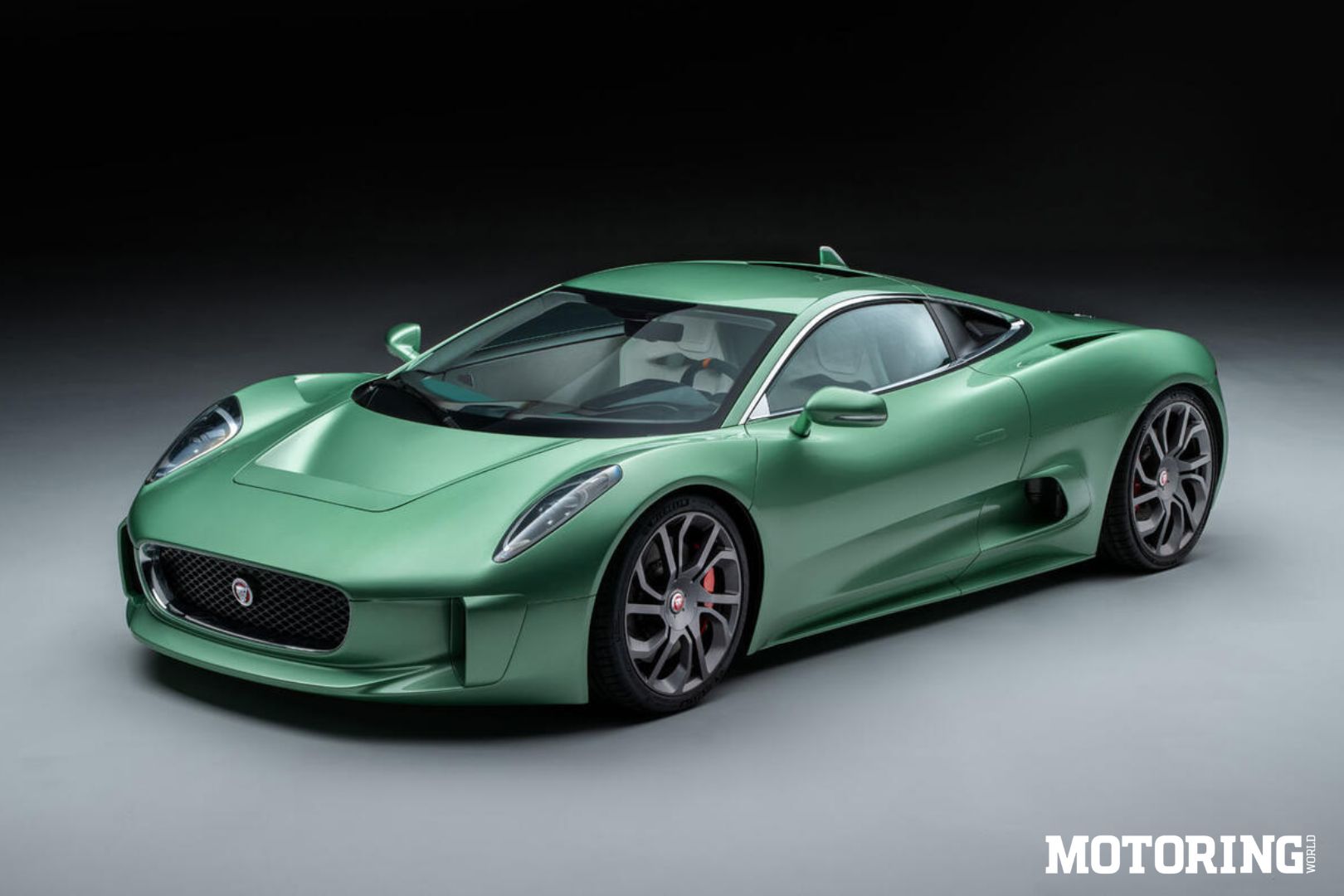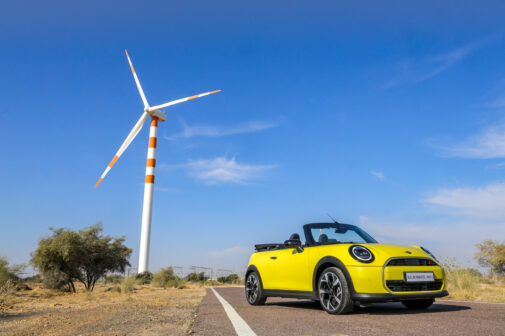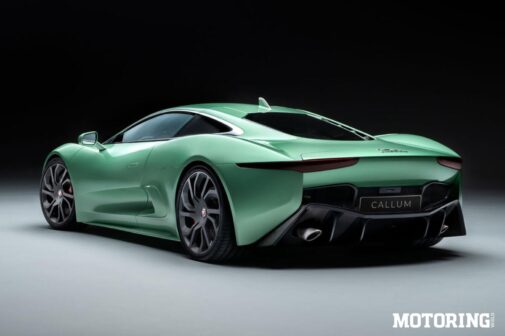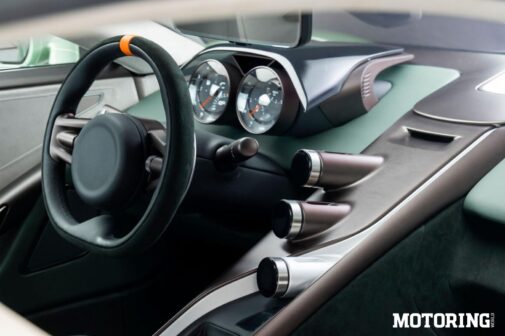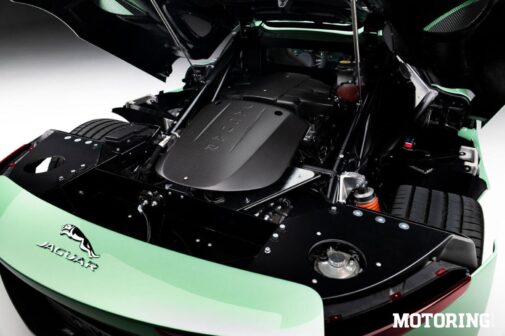The Jaguar C-X75 was approved for production in May 2011 after making its debut at the 2010 Paris Motor Show. However, because of the worldwide economic slump, it was discontinued the next year, owing to its extravagant price tag.
With four stunt cars constructed by Williams Advanced Engineering employing a tubular spaceframe chassis and a supercharged 5.0-litre V8, as opposed to the twin-charged and hybridised 1.6-litre four-cylinder engine that the supercar was supposed to receive, the C-X75 was last seen in the 2015 James Bond movie, Spectre.
The car’s original designer, Ian Callum, and his new independent design firm unveiled one such example that it had modified to pass individual vehicle approval for use on the open road. This is followed by a one-of-a-kind commission that goes even further, restoring much of the functionality that the C-X75 would have had if it made it to production.
Thanks to its exclusive control electronics and software, the C-X75 offers two drive modes: one for the road and one for the track. Additionally, it developed an airbrake to aid in hard stops and an active aerodynamics package that is supposed to increase stability above 60 kph. The supercharged V8 has been coupled to a contemporary seven-speed dual-clutch gearbox, and a hydraulic nose lifter was installed to aid in traversing potholes and speed bumps at low speeds.
‘C-X75 was the one that got away – a car brimming with unfulfilled potential. We’ve combined the customer’s wishes with carefully engineered solutions to bring C-X75 to the thoroughly satisfying conclusion it always deserved,’ said Ian Callum.





